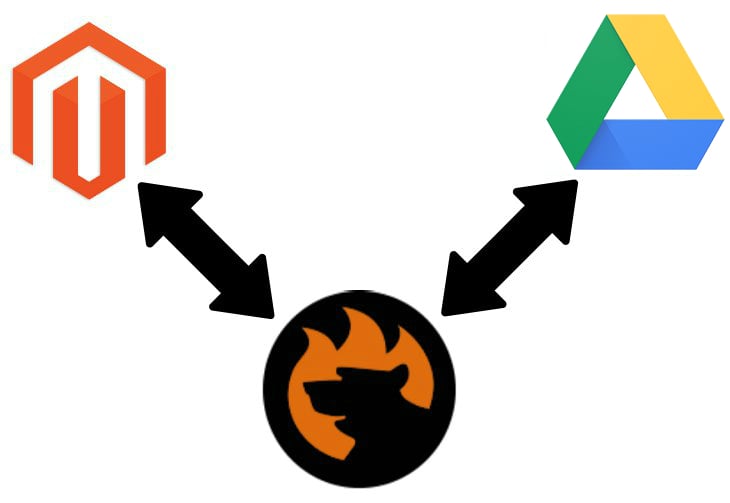Amasty Custom Reports Magento 2 Extension

Collecting data related to store performance and customer behavior is very important for any ecommerce site. By analyzing information about your store visitors and their interactions with your website, you can better understand how to improve your products or services and where to reach your potential customers. If you run your business on Magento 2, the default reports available with the platform might not be enough for having a complete view of the efficiency of your operations.
Amasty offers a robust solution for complementing the missing features of basic reports – the Magento 2 Custom Reports extension. The Amasty module allows building various types of reports based on essential data and using them for comprehensive store performance analytics. Below, we provide an overview of the core features of the Amasty Magento 2 Custom Reports Builder.
Continue Reading






